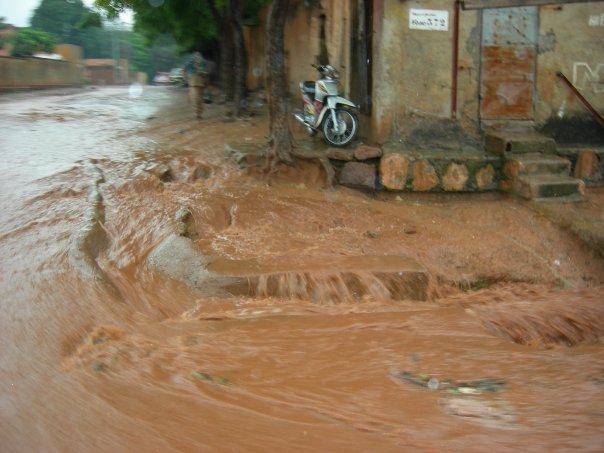System
The systems approach aims to identify the interactions of different actors or components within certain defined boundaries. It is considered to be a holistic and reductionist approach of understanding complex processes. Their bases are to understand the processes within the boundaries which transform all inputs into outputs.
 |  |
| Water resource system's sub-systems and its interactions (van Beek, 2005) | |
Van Beek (2005) identifies three interdependent subsystems in the water resources system, Figures a) and b) illustrates their interaction, consisting of:
- The natural river subsystem NRS, in which the physical, chemical and biological processes take place
- The socio-economic subsystem SES, which includes the societal (human) activities related to the use of the natural river system
- The administrative and institutional subsystem, AIS of administration, legislation and regulation, where the decision and planning and management processes take place.
Floods can be considered as a disruption in a normal functioning of a water resource system. There are three main systems that are affected by floods, with boundaries depending on the scale: the river basin system, the sub-catchment system and the urban system.
Floods distress four components of the water resources system, each of them belong to one of the subsystems described before, and their interactions affect the possible short term and long term damages. The components can be assessed by different indicators to understand the vulnerability of the system to floods. The components are: social, economical, environmental and physical.
 |
| Link between subsystems and components |

